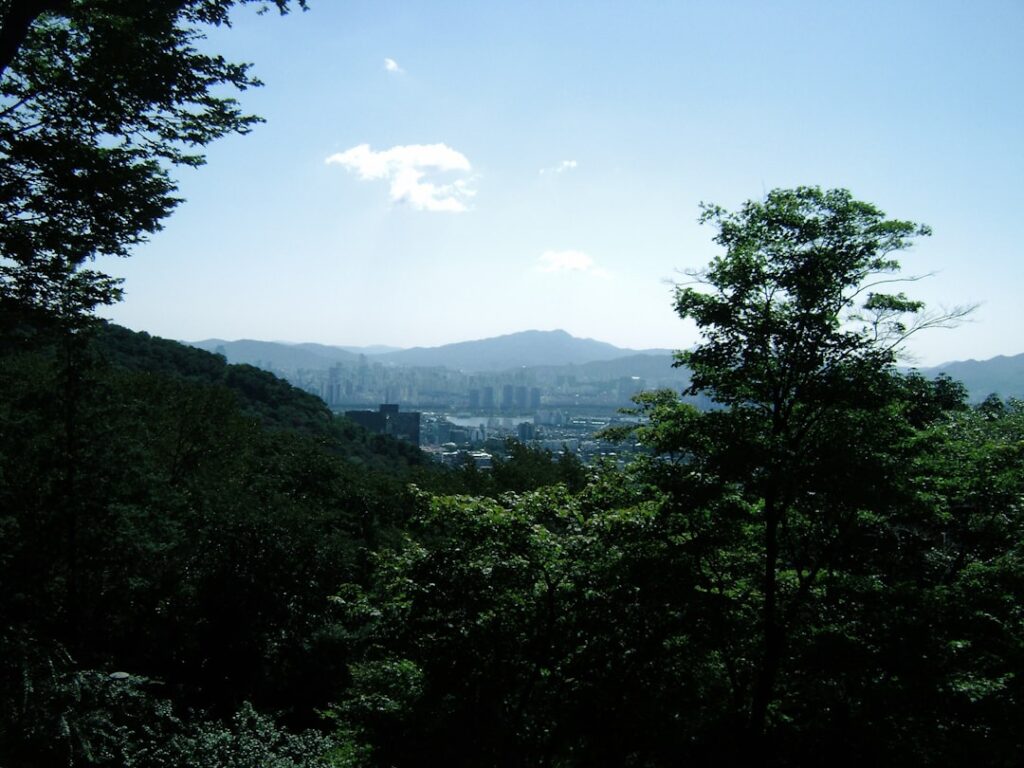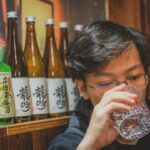Hidden deep within Japan’s mountains, far from the bustling metropolises, lies a world where the restorative power of nature is celebrated not just in tradition, but as a new way of life. Welcome to Japan’s forest therapy retreats—a movement rooted in the ancient practice of “Shinrin-yoku” and now blossoming into unique, restorative experiences tucked away in rural sanctuaries. In this guide, we’ll uncover secret destinations, introduce immersive activities, and offer real local insights to inspire your next transformative journey into Japan’s green heart.
What is Forest Therapy? Exploring the Roots and Modern Power of Shinrin-yoku
Shinrin-yoku, or “forest bathing,” is a uniquely Japanese tradition that invites visitors to immerse themselves—mind, body, and senses—within the healing embrace of the forest. The movement began in the early 1980s in Japan, spurred by growing concerns over urban stress and the search for natural ways to promote wellbeing. Scientific research now backs what Japanese culture has long understood: spending mindful time among the trees can lower blood pressure, boost immunity, reduce anxiety, and awaken creativity.
But Shinrin-yoku is not merely a stroll among trees; it’s a deliberate act of slowing down, opening your senses to the forest’s sights, sounds, and scents, and allowing nature to recalibrate your body and mind. In 2025, this age-old wisdom is being reimagined as rural towns across Japan develop innovative forest therapy retreats, blending tradition with cutting-edge wellness science.
Hidden Healing Hotspots: Discovering Kumano Kodo, Yakushima, and Hida’s Secret Forests
While places like the Kyoto bamboo forest or Mount Fuji’s trails attract crowds, Japan’s deepest forest sanctuaries remain blissfully under the radar. Among the most legendary for forest therapy is Kumano Kodo in Wakayama, an ancient pilgrimage route lined with centuries-old cedars, sacred shrines, mossy stones, and tranquil streams. The winding paths offer a spiritual immersion into both nature and Japanese lore.
Farther south, Yakushima enchants with its almost mystical ambiance—towering Yakusugi cedar trees (some over 1,000 years old), misty valleys, and lush undergrowth. This UNESCO World Heritage island is revered as a living source of vitality, attracting those seeking truly meditative forest experiences.
In Gifu Prefecture, Hida Forest is a well-kept secret for locals seeking solitude and natural healing. With its ancient groves, whispering leaves, and crystal-clear streams, Hida offers forest walkways and therapy programs designed by local guides who understand every dip and rise of their beloved woodlands. Each of these remote sanctuaries reveals a unique blend of biodiversity, local folklore, and serenity—inviting visitors to immerse themselves in Japan’s natural rhythm.
Your Forest Therapy Journey: Guided Walks, Meditation, and Rural Gastronomy
Forest therapy retreats offer a spectrum of experience, from freeform solitary wanderings to meticulously guided sessions led by certified Shinrin-yoku experts. Guided forest walks encourage participants to leave technology behind and tune in to the soothing rhythms of nature. Many programs incorporate forest meditation—breathing exercises and mindfulness practices under the green canopy, with the sound of rustling leaves and trickling water as the only soundtrack.
To deepen relaxation, some retreats feature tea ceremonies using local ingredients, or outdoor hot spring (onsen) baths overlooking the forest. After a day in the woods, indulge in Japanese local cuisine crafted from seasonal mountain vegetables, wild plants, and river fish, offering nourishment that is both soul-satisfying and deeply rooted in the region’s heritage.
In trending destinations, multi-day packages are available, pairing forest therapy with yoga, natural craft workshops, or even night walks to discover the forest’s nocturnal wonders. Each retreat reflects the personality of its region, ensuring that your forest therapy journey is truly one-of-a-kind.
Forest Therapy Meets Ecotourism: Local Communities and Sustainable Travel
Forest therapy retreats aren’t just about personal wellbeing—they’re revitalizing entire communities. Many forest therapy hubs are operated collaboratively with local villagers, who serve as guides, storytellers, and protectors of natural heritage. Their deep knowledge transforms each walk into a cultural experience, where visitors learn about sustainable forestry, traditional crafts, and the ways these rural communities have coexisted with nature for centuries.
Ecotourism initiatives encourage responsible travel—many retreats enforce visitor caps, promote leave-no-trace principles, and reinvest proceeds into forest conservation and rural revitalization. By nourishing both people and the environment, forest therapy represents a profound model of wellness travel that celebrates authentic Japanese culture while preserving ecological balance.
For travelers who seek more than a fleeting escape, forest therapy offers a model for slow travel: time spent connecting with nature, supporting local economies, and bringing home lessons of coexistence that endure far beyond the retreat.
Practical Tips: When to Visit, What to Wear, and How to Experience Forest Therapy Like a Local
Best Season: Spring (April–June) brings vibrant green, fresh air, and wildflowers, while autumn (October–November) paints the forests in vivid reds and golds. Avoid heavy rainy season (mid-June through July) and watch for occasional typhoons late summer in southern regions.
What to Wear: Dress in layers—Japanese forests can be cool and damp, even in summer. Opt for breathable, long-sleeved shirts and trousers to ward off insects, and sturdy walking shoes or boots with good grip. A hat, rainwear, and a refillable water bottle are essentials.
Manners and Local Advice: Keep voices low and devices silenced—the forest is a sanctuary for both wildlife and people. Follow marked paths, take all trash with you, and greet fellow walkers with a gentle “konnichiwa.” Many locals suggest joining guided sessions on your first visit for deeper insights. Reservations for popular retreats, especially on weekends or during leaf-peeping season, are strongly recommended.
Exploring Japan’s forest therapy retreats offers a rare glimpse into the country’s natural soul—one that’s best savored slowly, mindfully, and with a spirit of discovery that honors both self and earth. Why not let your next journey lead you along Japan’s hidden green trails?







